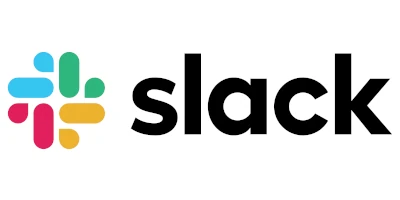Localizing Crafter Studio for Global Content Teams

Roy Art
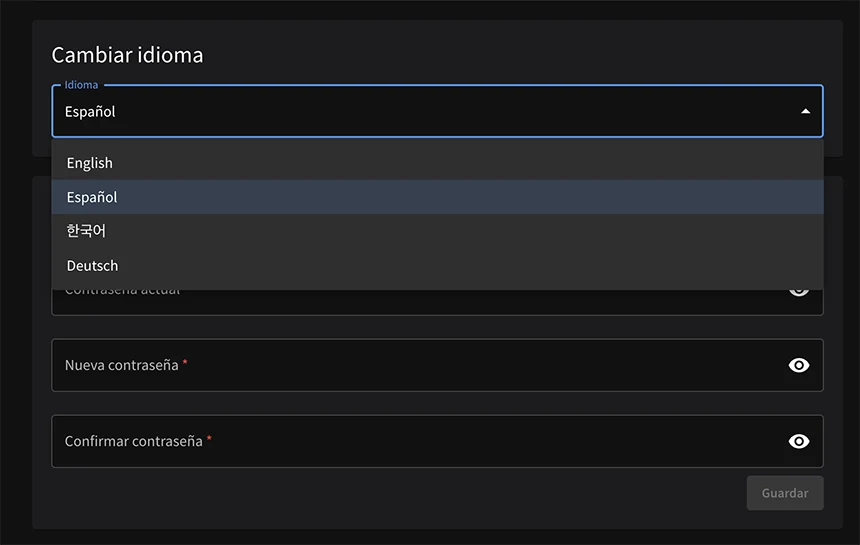
In today’s digital landscape, enterprises are scaling across borders at an unprecedented pace. As teams, customers, and users spread around the globe, the demand for personalized, localized digital experiences has never been higher. This applies not just to the digital experiences you deliver to site visitors, but also to the content teams creating, managing and publishing content. Whether you're managing content in Tokyo, Berlin, or São Paulo, your tools need to speak the right language. Both literally and figuratively.
Crafter Studio, the content authoring application of CrafterCMS, is purpose-built to support diverse global teams through a highly configurable and localization-ready experience. In this blog post, we’ll explore how Crafter Studio empowers organizations to meet linguistic, cultural, and functional localization requirements with ease.
What Is Localization—and Why Does It Matter?
Localization goes far beyond simply translating text. It means adapting software and digital experiences to meet the language, cultural norms, and functional expectations of users in different regions. This can include:
-
Displaying dates and times in familiar formats
-
Translating UI elements, messages, and documentation
-
Adjusting images, colors, and layouts for cultural preferences
Localization increases usability and adoption, improves productivity for global teams, and helps organizations deliver authentic, personalized experiences to customers and employees around the world.
Crafter Studio: A Localization-Ready Application
Crafter Studio is designed from the ground up to be localization-friendly. Its modular architecture, flexible configuration options, and community-driven development make it easy to tailor the experience to users’ languages and preferences.
Here are the three main aspects of localization in Crafter Studio:
1. Language Adaptation
Language is the most visible aspect of localization. Crafter Studio allows for full translation of user-facing text throughout the application. This includes labels, menus, messages, tooltips, and onboarding content.
Key features include:
-
Multiple language support: Studio provides out-of-the-box translations for several major languages.
-
User-selectable languages: Users can choose their preferred language on the login screen or update it later via their personal profile settings.
-
Community-powered enhancements: Developers can submit new or improved translations by modifying language files (e.g.,
fr.jsonfor French) and submitting a Pull Request to the official repository.
This flexibility ensures that each user can interact with Crafter Studio in the language most comfortable to them.
2. Cultural Customization
While language is crucial, true localization also means considering cultural nuances. Crafter Studio enables teams to customize visual elements (such as icons, images, and color schemes) based on cultural preferences.
This capability is vital for:
-
Culturally-sensitive branding: Ensuring that your visual identity resonates with users in different markets.
-
Custom UI themes: Supporting accessibility needs and cultural color significance (for instance, red might symbolize luck in China, but warning or error in Western countries).
-
Layout flexibility: UI configurations allow you to modify interface elements and layout options to reflect regional or team-based requirements.
These customizations contribute to a user experience that feels intuitive and familiar, no matter where your team is located.
3. Functional Adjustments
Localization isn’t just about aesthetics; it’s also about functionality. Crafter Studio supports:
-
Configurable date/time formats: Administrators can configure how dates and times are displayed throughout the application, using
dateTimeFormatOptions. -
Time zone awareness: Each project can be set to a specific time zone, and the system can accommodate users working across different regions. Learn more in the Project Time Zone docs.
-
Internationalized SDKs: Developers building plugins or extending Crafter Studio can take advantage of i18n-friendly SDKs, making it easy to integrate localization into custom modules.
These features are essential for maintaining consistency and avoiding confusion in globally distributed teams. Imagine trying to schedule a content launch across teams in New York, London, and Singapore—accurate time zone handling makes it seamless.
How Localization Works in Practice
Let’s walk through a simple example.
Step 1: Selecting a Language
When a user logs into Crafter Studio, they’re presented with the option to select their preferred language. This can also be updated later from the profile settings.
Step 2: Admin Configuration
Project administrators can configure which locales and formats are available to users via two parameters:
-
localeCode– Defines the language and region (e.g.,en-US,de-DE). -
dateTimeFormatOptions– Determines how dates and times are displayed, which can vary significantly between locales (e.g.,MM/DD/YYYYvs.DD.MM.YYYY).
Step 3: UI Customization
If needed, admins or developers can customize the UI layout, interface components, and theming options to suit cultural preferences or enterprise branding standards.
Contributing to Crafter Studio Language Support
One of the strengths of CrafterCMS is its open-source foundation and active community. Localization for Crafter Studio is no exception. Developers can contribute translations or improve existing ones by following these steps:
-
Fork the official Crafter Studio GitHub repository.
-
Navigate to the appropriate language file, such as
de.jsonfor German. -
Make edits or add new keys to translate additional strings.
-
Submit a Pull Request with your changes.
This community-first approach ensures that CrafterCMS, and Crafter Studio, evolves alongside the needs of its global user base.
For more information on adding new languages, visit the official localization documentation.
Resources for Crafter Studio Localization Configuration
CrafterCMS provides detailed guides and resources to help developers and administrators configure localization:
These resources provide step-by-step instructions to configure language files, system parameters, and UI customizations.
Final Thoughts
Localization of your CMS UI is not optional: it’s a critical feature for any content platform supporting global content authoring teams. Crafter Studio offers a robust and extensible localization framework that makes it easy to deliver regionally tailored experiences across your content operations.
Whether you’re enabling editors in multiple countries or creating content in any language other than the default English, Crafter Studio ensures that your tools are ready for the world.
Empower every CMS user in every region—without compromise.
Related Posts
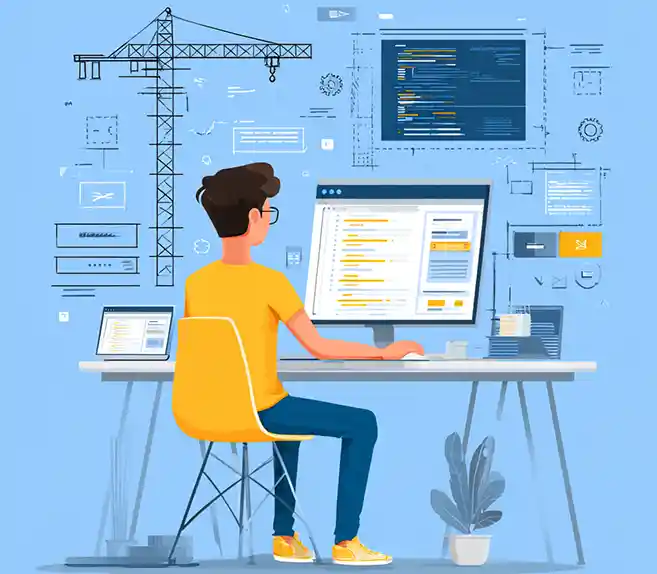
No-Code Experience Building for Marketers & Designers

Amanda Lee

The Future of Web Experiences: From Browsing and Searching to Conversational AI

Mike Vertal

Connecting Content and Campaigns: Integrating CrafterCMS with Salesforce Marketing Cloud

Sara Williams

What is the Model Context Protocol (MCP)? A CMS Developer’s Guide to AI Integration

Amanda Lee
Related Resources
-
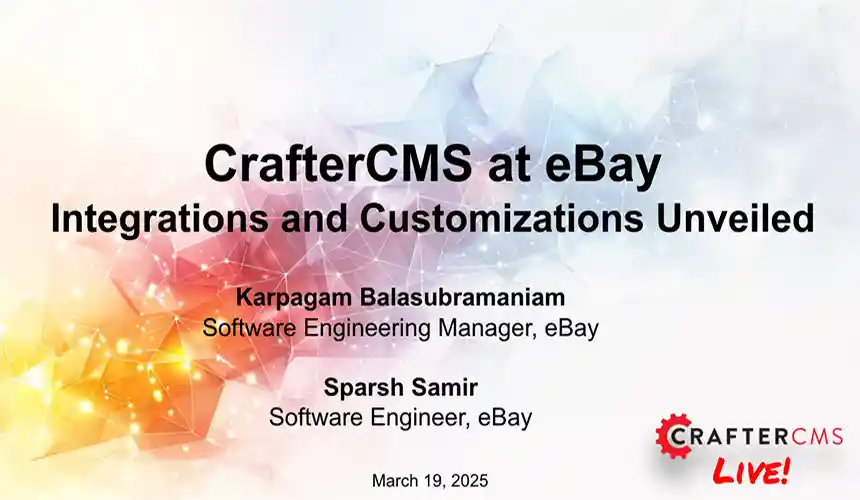
CrafterCMS at eBay: The Universal Content Platform for eBay.com
Webcast
-

Personalized Digital Experiences for a Cruise Liner
Webcast
-
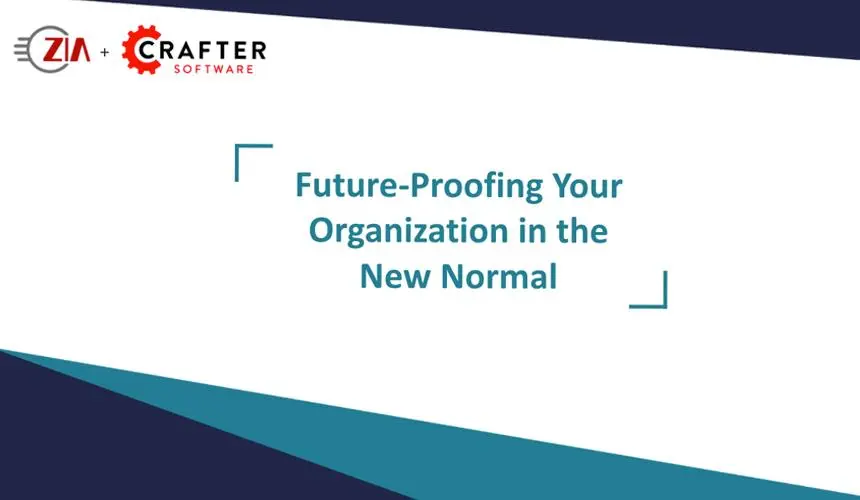
Future-Proofing Your Organization in the New Normal
Webcast
-
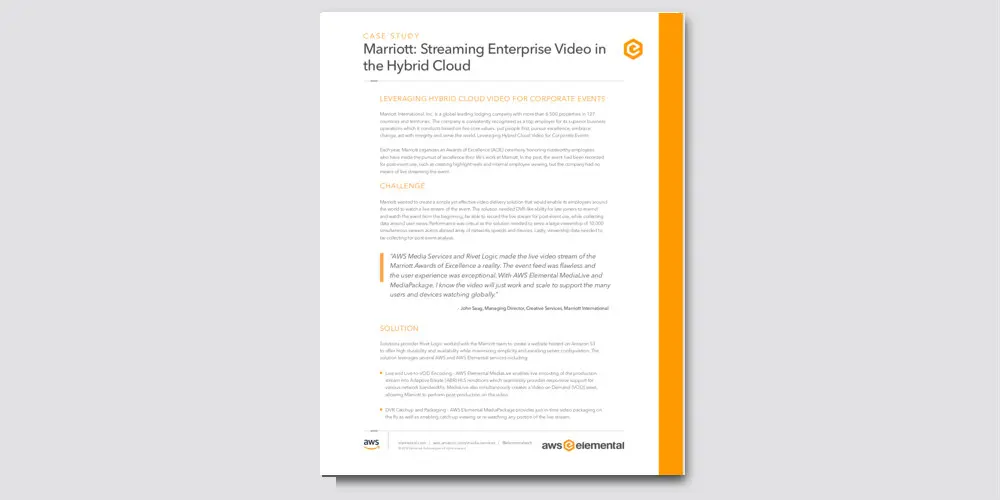
Marriott: Streaming Enterprise Video in the Hybrid Cloud
Case Study
-

Modernizing Customer Experience for Financial Services
Webcast




